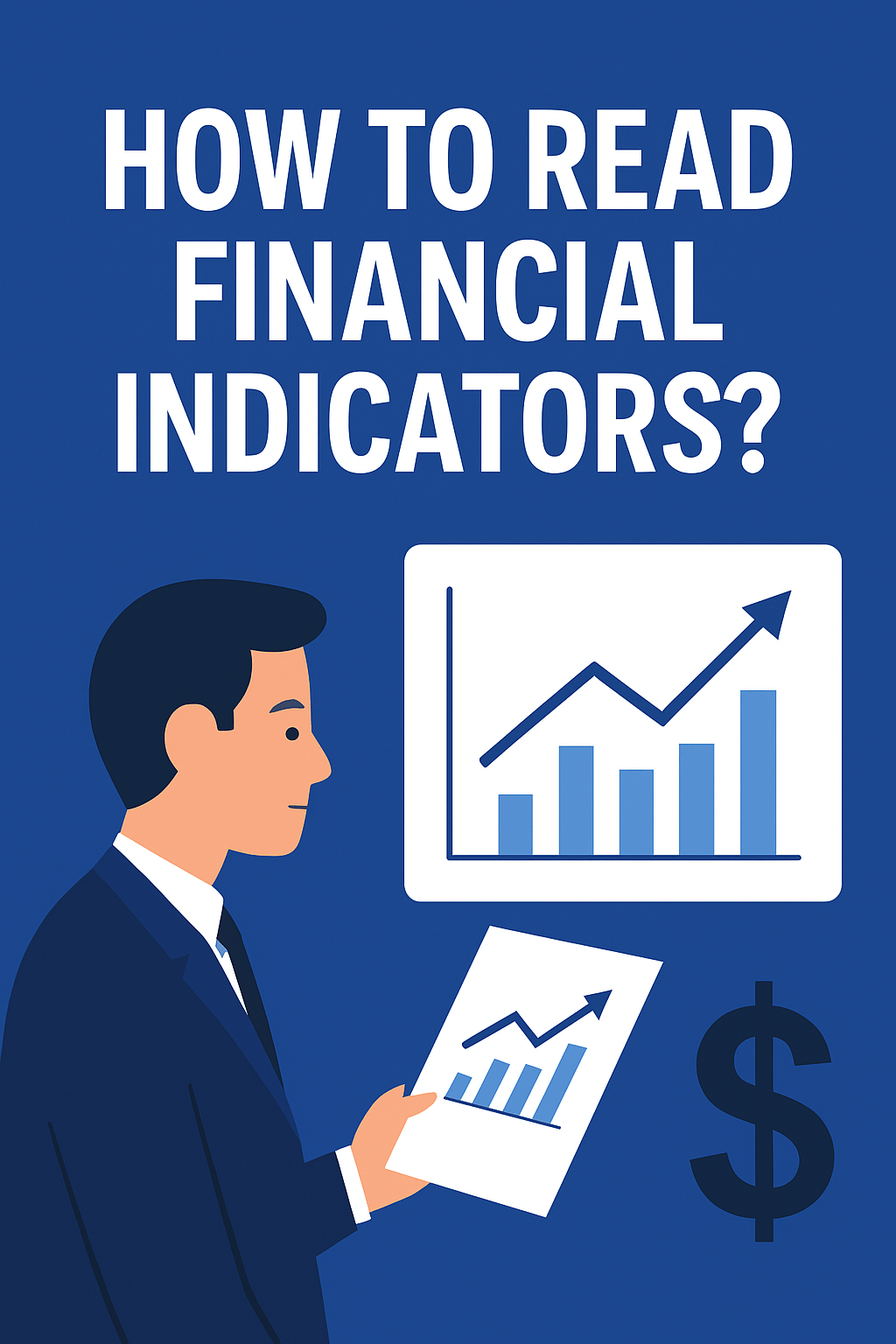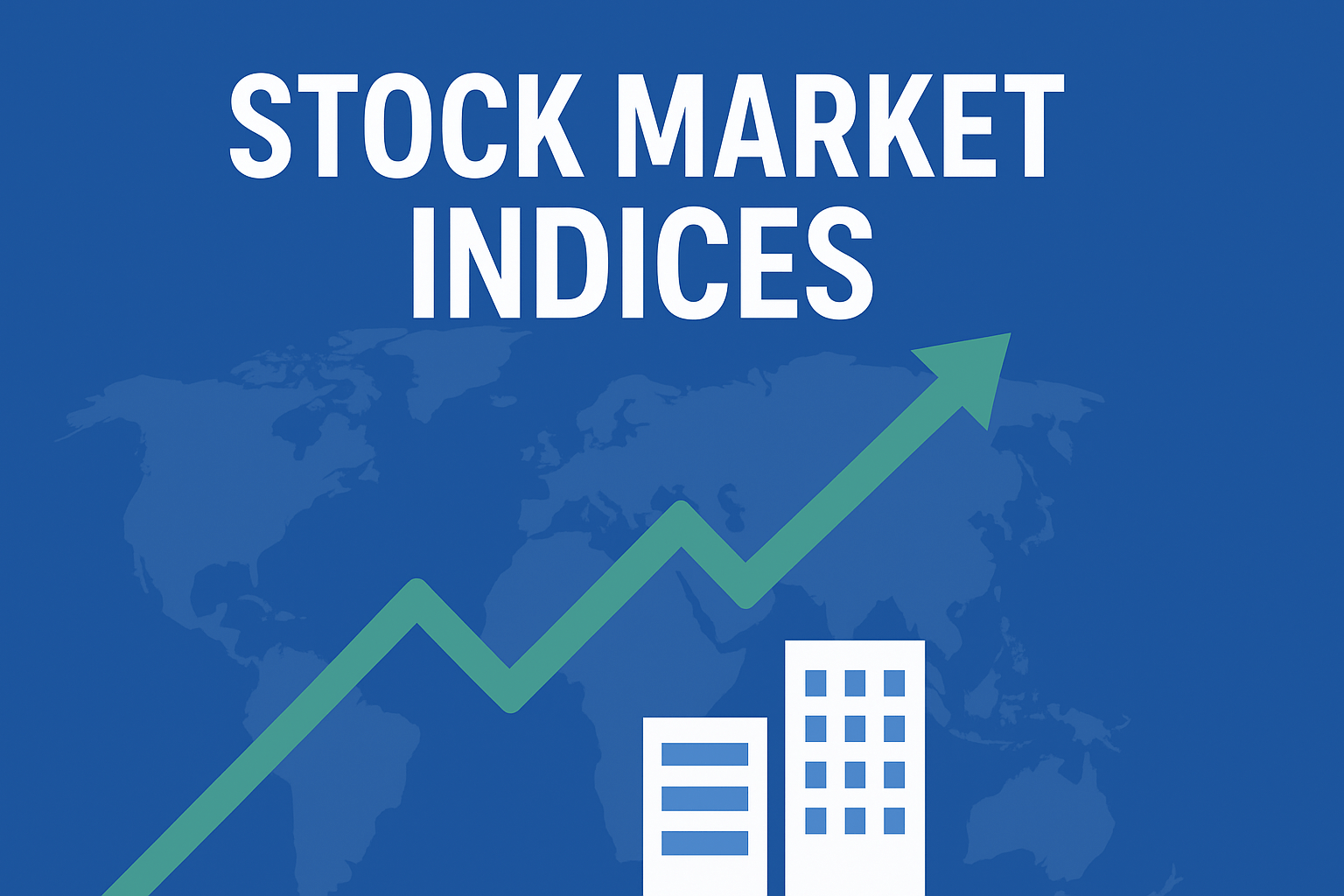Financial indicators have become a common language among investors, decision makers, and the media to read the pulse of the economy. The index is not an isolated number but the result of a summary of the movement of tens or hundreds of companies in one line.
The first stock index appeared in July 1884 by Charles Dow to measure the performance of transportation stocks in the United States and make it easy to compare today with yesterday, one market with another, and one sector with another.
What is an Index and What Does It Measure?
The index is simply a reference instrument of securities, usually stocks and sometimes bonds or other instruments chosen according to announced rules. Tracking their average performance does not mean that all its shares have risen, but it is enough for the stocks with the most weight to rise with it.
Fund managers measure their efficiency by comparing their portfolios against indices. Economists read through the indicators the business cycle, while central banks monitor the response of markets to interest rate decisions.
Also Read: Why Sam Altman and Mark Cuban Say Jobs Are About to Disappear
How Indices Are Built
Each indicator starts with a methodology that determines who enters and who leaves, when, and how. The relative weight of each company is calculated depending on the index rules.
Some indices cover broad markets requiring minimum capitalization and liquidity, while others are selective. For example, the S&P 500 is managed by a specialized committee that manually selects companies. Sectoral indicators also exist, such as those focusing on technology or healthcare.

Methods of Weighting Companies
Indices can weigh companies in different ways:
- By market value: common in modern indices like the S&P 500 and FTSE 100.
- By price: used in the Dow Jones Industrial Average and Nikkei 225, where high-priced stocks can influence the index more than larger companies.
- Equal weighting: each company gets the same weight, increasing sensitivity to medium and small firms.
According to specialized research from Cairo University, some indices rely on alternative factors such as revenue, quality, or value. These are often called “smart indicators.”
There are also price indices, which measure price changes only, and total return indices, which reinvest dividends within the index.
Reading the Movement of an Index
Numbers in points can be misleading if taken out of context. A rise of the Dow by 200 points seems impressive, but at 35,000 points it is only about 0.6%. At 10,000 points, the percentage impact would be far greater.
An index can climb while most of its stocks fall if heavyweight stocks move strongly upward. Different indices also reflect different sectors: the Nasdaq 100 reacts more to technology than the broader S&P 500.
What Drives the Indices?
Indices are influenced by three main blocks:
- Profits and growth: surprises in results, changing profit margins, and management expectations.
- Expectations and valuations: particularly for leading companies that dominate weightings.
- External factors: geopolitical risks, supply chains, currency movements, regional tensions, and sanctions. For international investors, exchange rate fluctuations can add or subtract from returns.
Uses of Indices
Indices serve several purposes:
- Investment funds: companies issue funds that replicate index performance at low cost.
- Hedging and speculation: investors reduce volatility by betting on indices.
- Measurement and comparison: used to benchmark portfolios, strategies, and growth rates.
Key Global Indices
United States
- S&P 500: about 500 companies selected by a committee, weighted by free market value.
- Dow Jones Industrial Average: 30 leading companies, calculated by price weighting.
- Nasdaq 100: dominated by technology, telecommunications, and fast-growing consumer goods.
Europe
- FTSE 100: top 100 UK companies, heavily influenced by energy and mining.
- Euro Stoxx 50: leaders from 8 eurozone countries, useful for trend analysis.
- DAX: expanded to 40 companies, the barometer of German industry.
Asia
- Nikkei 225: a price index of 225 companies in Japan, sensitive to yen fluctuations.
- Hang Seng: tracks Hong Kong’s largest firms, often reflecting Chinese policy shifts.
- ASX 200: mirrors Australia’s commodity-driven economy.
Middle East and Gulf
- TASI: the general index of the Saudi Tadawul market.
- Dubai and Abu Dhabi indices: reflect real estate, finance, and energy.
- Qatar Exchange: a benchmark for the gas economy.
- Kuwait’s first market and Oman’s MSM30: track leading companies.
- Egypt’s EGX30: measures the 30 most active companies, with other indices for 70 and 100 firms.
Expert Warnings on Reading Indices
Experts, including Dr. Maher Jama and Dr. Rashad Abdo, emphasize that “index points are not money” and relying solely on them may mislead. The method of calculation, sector focus, and whether the index accounts for reinvested dividends can all change interpretations.
They add that not all indices are reproducible due to liquidity, regulations, or stock selection. Indices may not fully reflect the movement of all traded stocks, but they remain a crucial tool for understanding market sentiment.
Why Follow Indices in News Bulletins
Financial experts explain that news helps capture market mood in real time. Reading indices with the context of interest rates, inflation, and profit expectations provides an integrated picture of economic movement.
When indices diverge—for example, strength in the Nasdaq and weakness in an industrial index—the signal is that markets are distinguishing between sectors based on their cycle and profitability.




